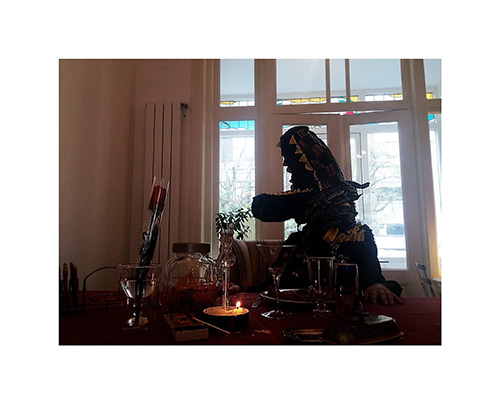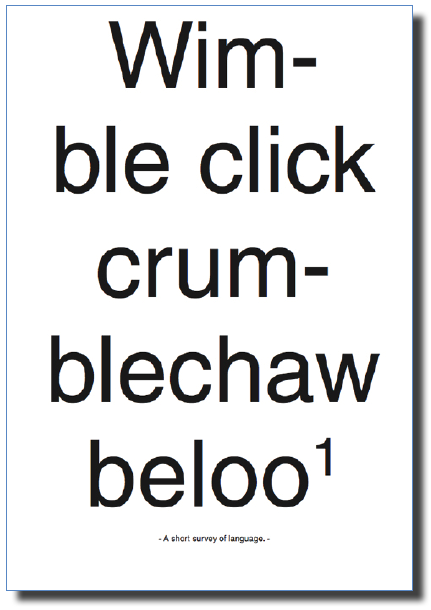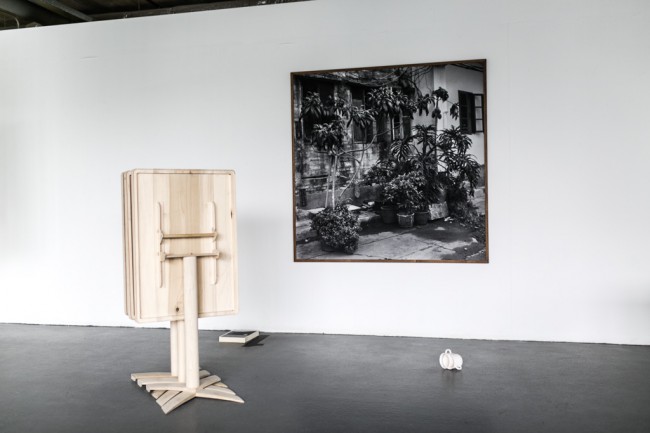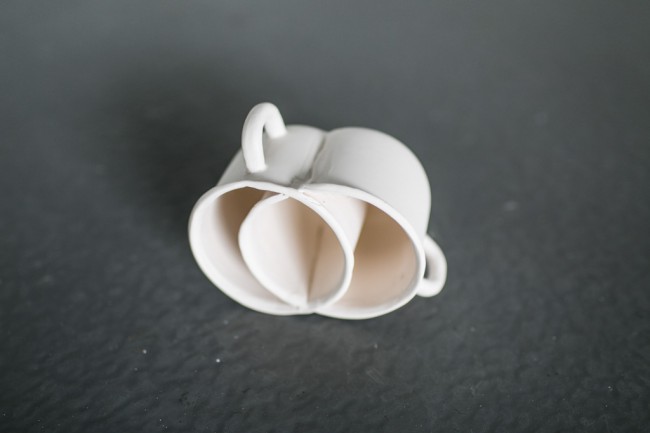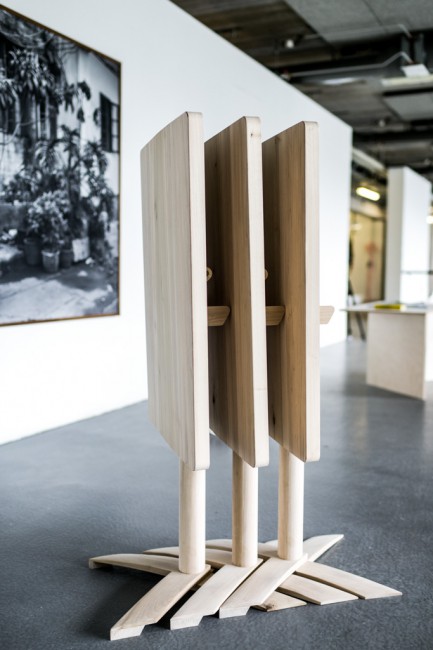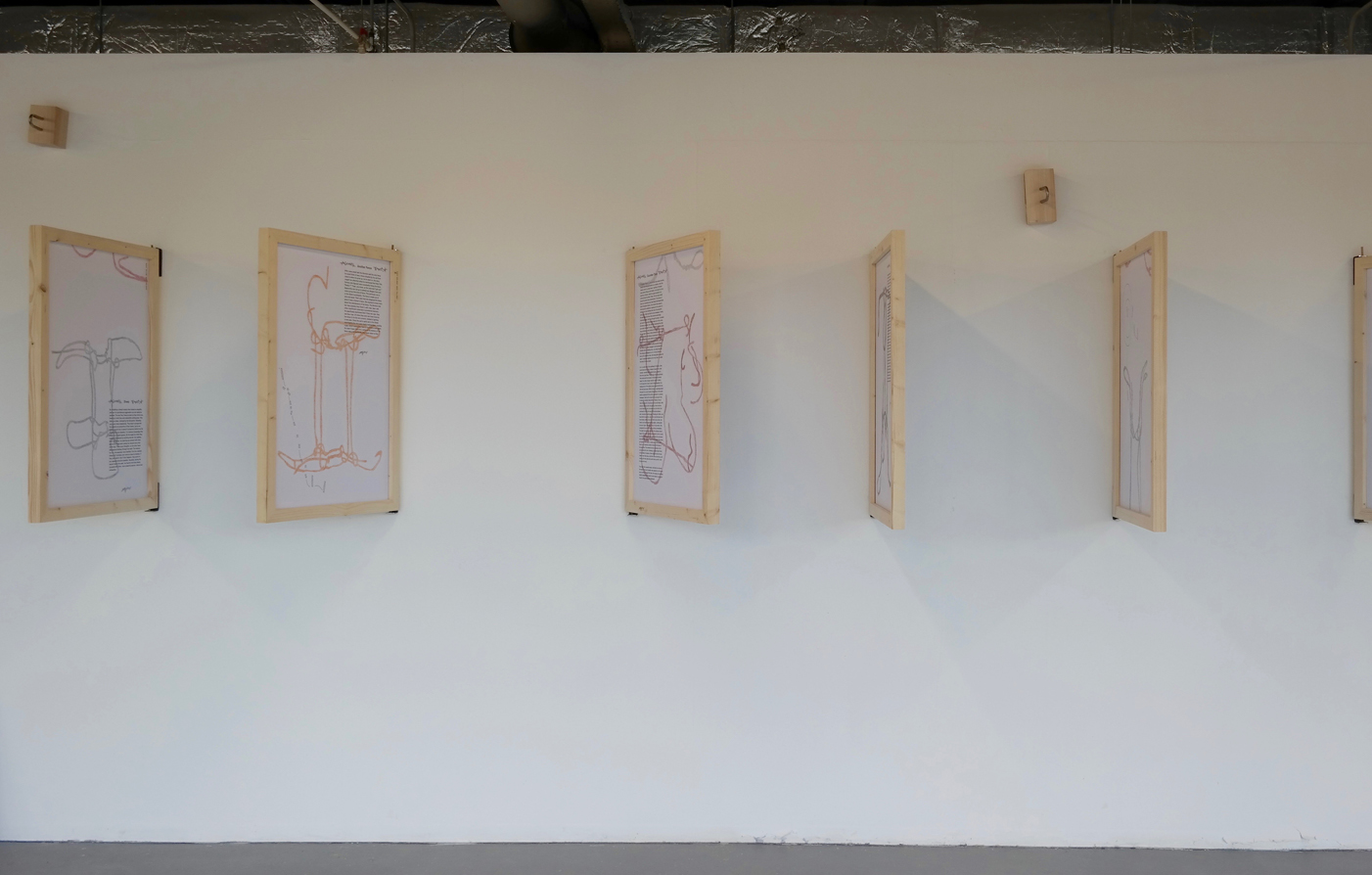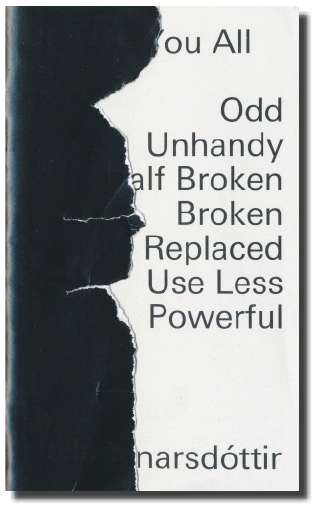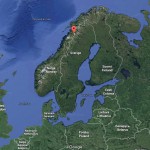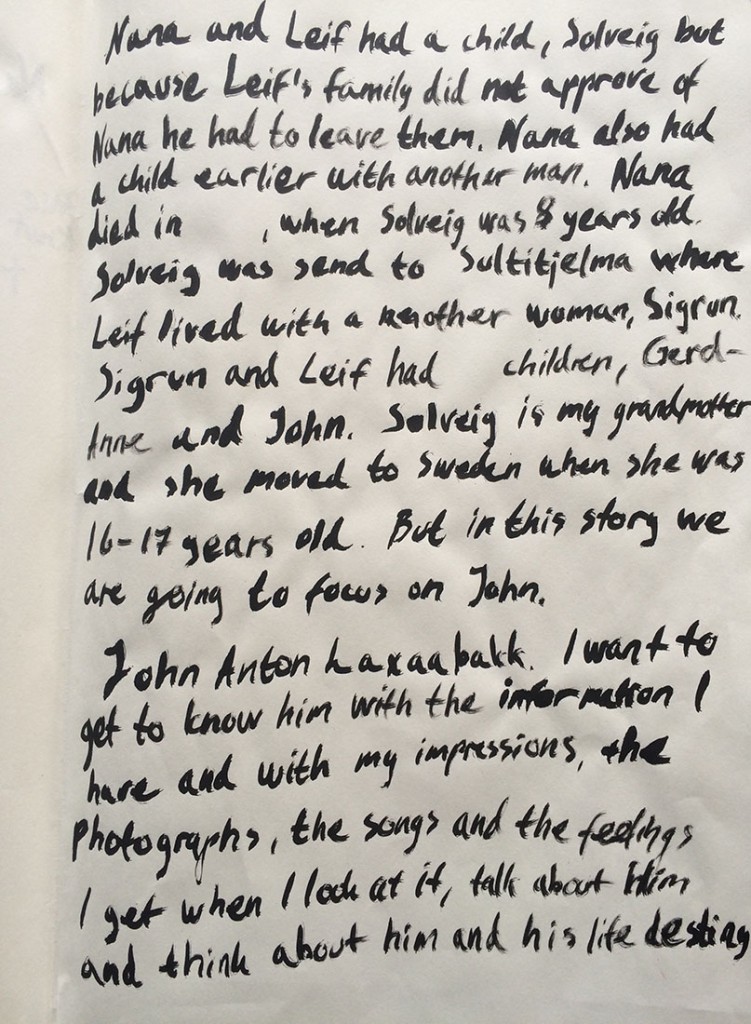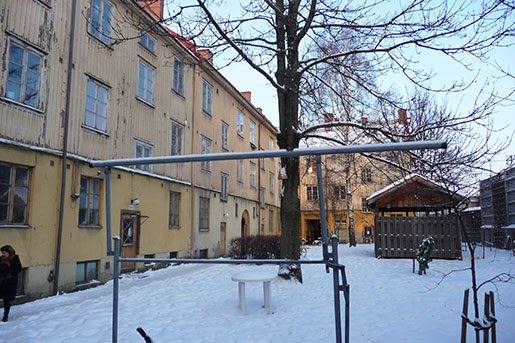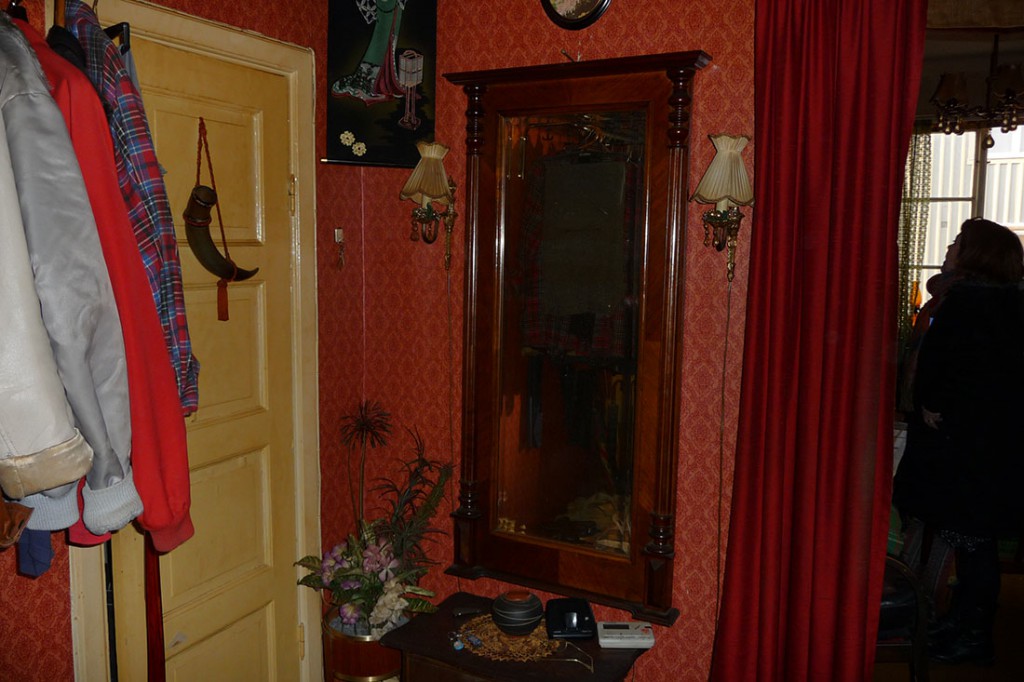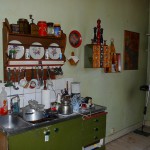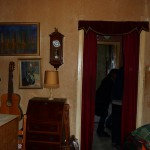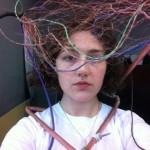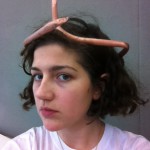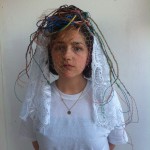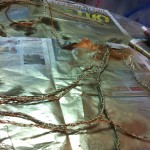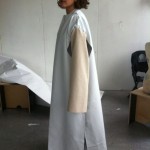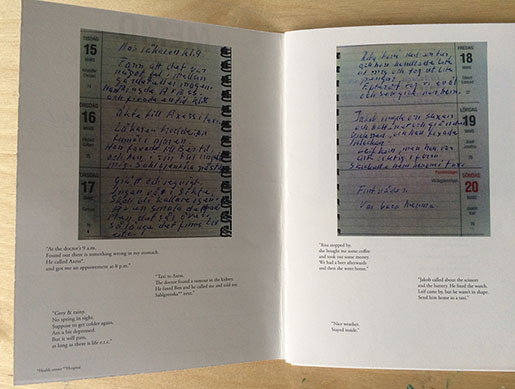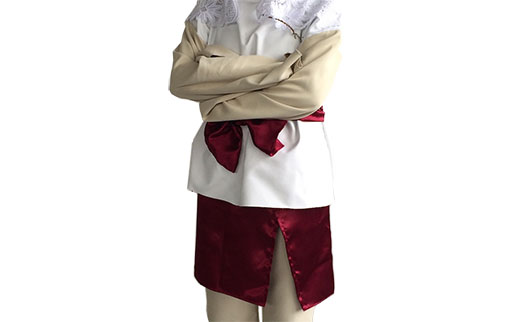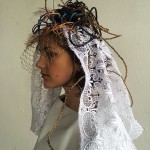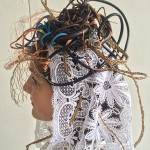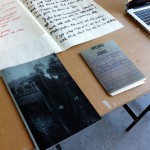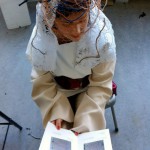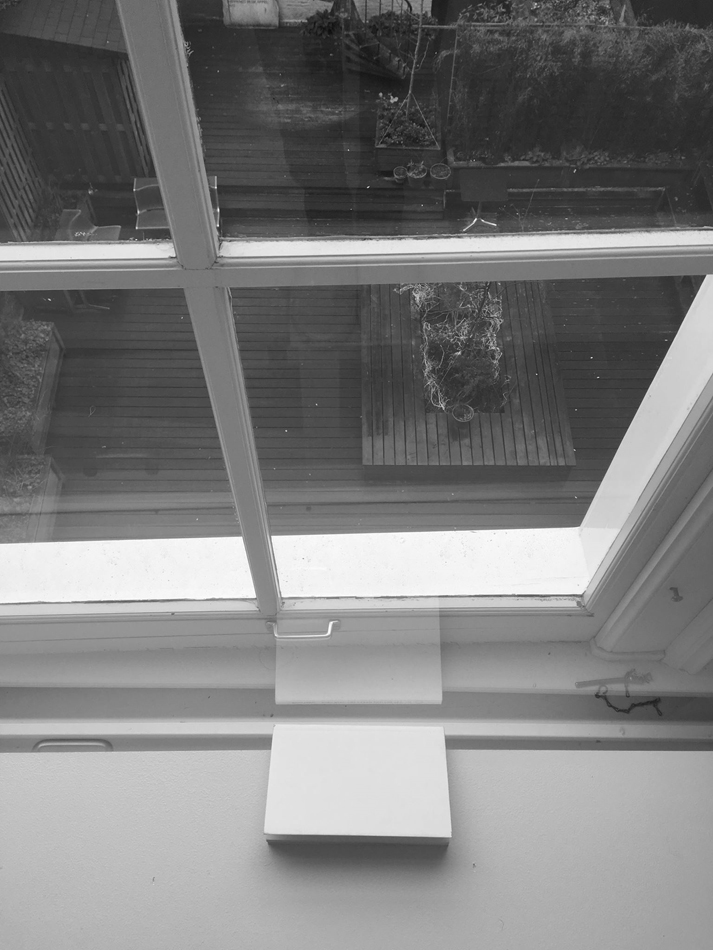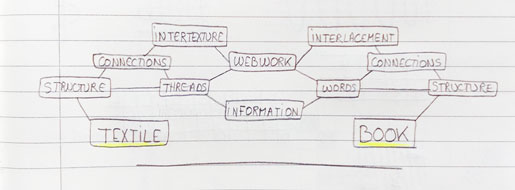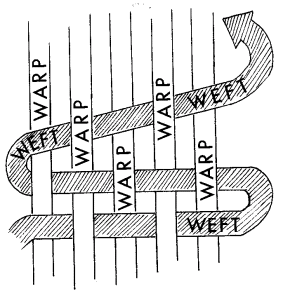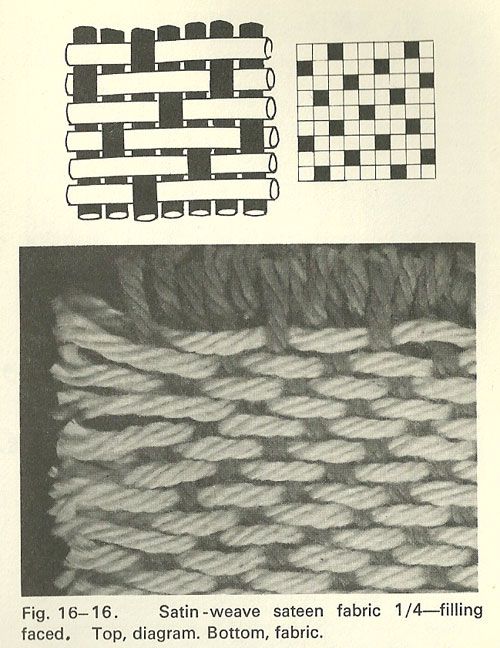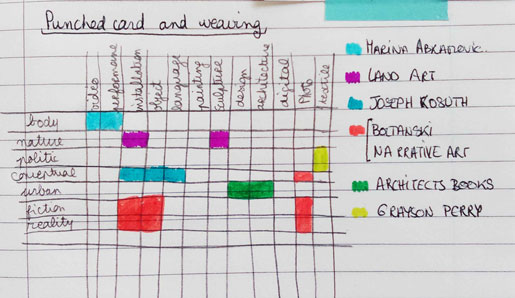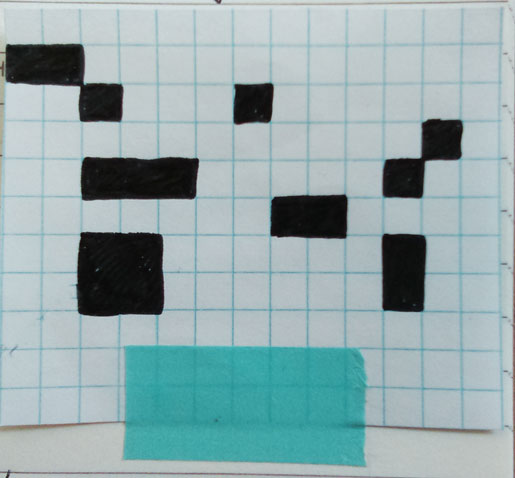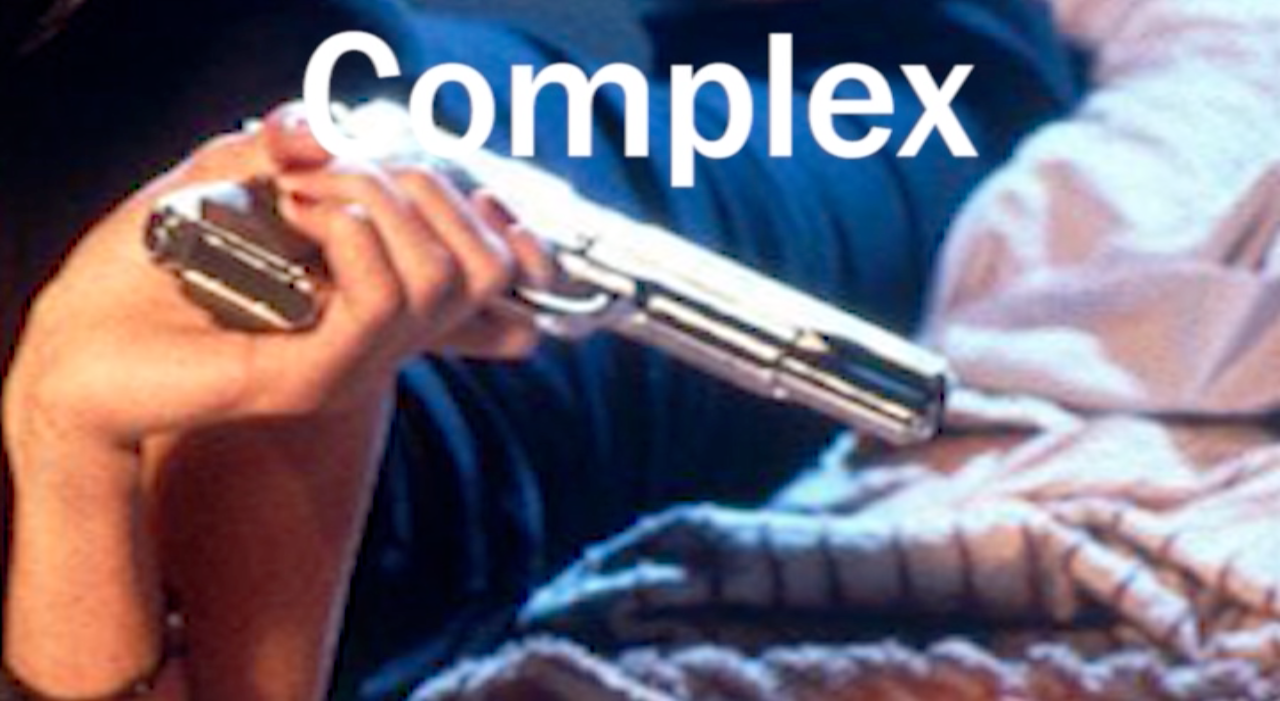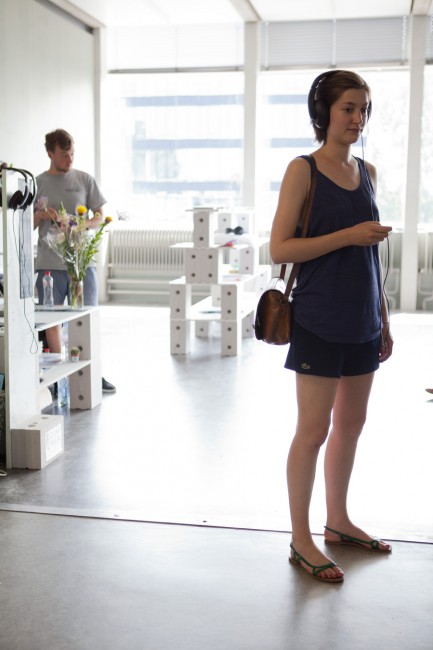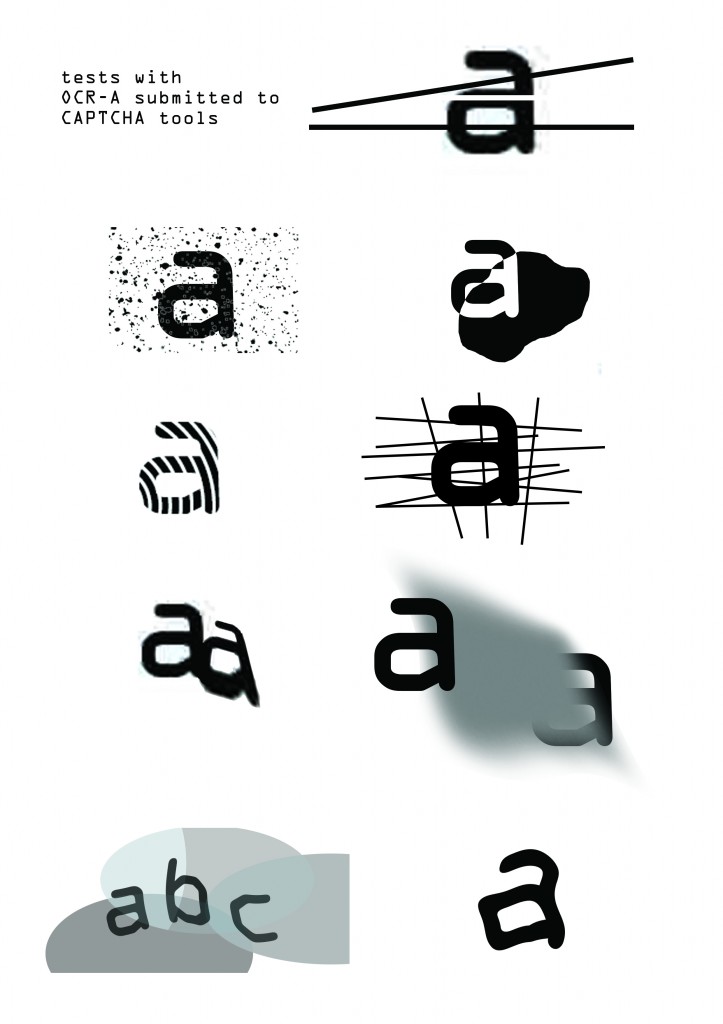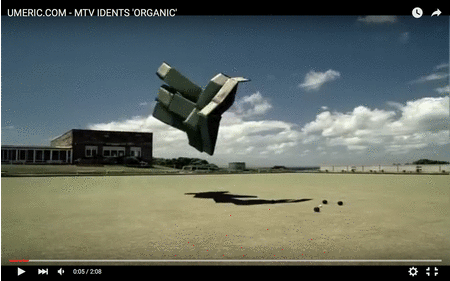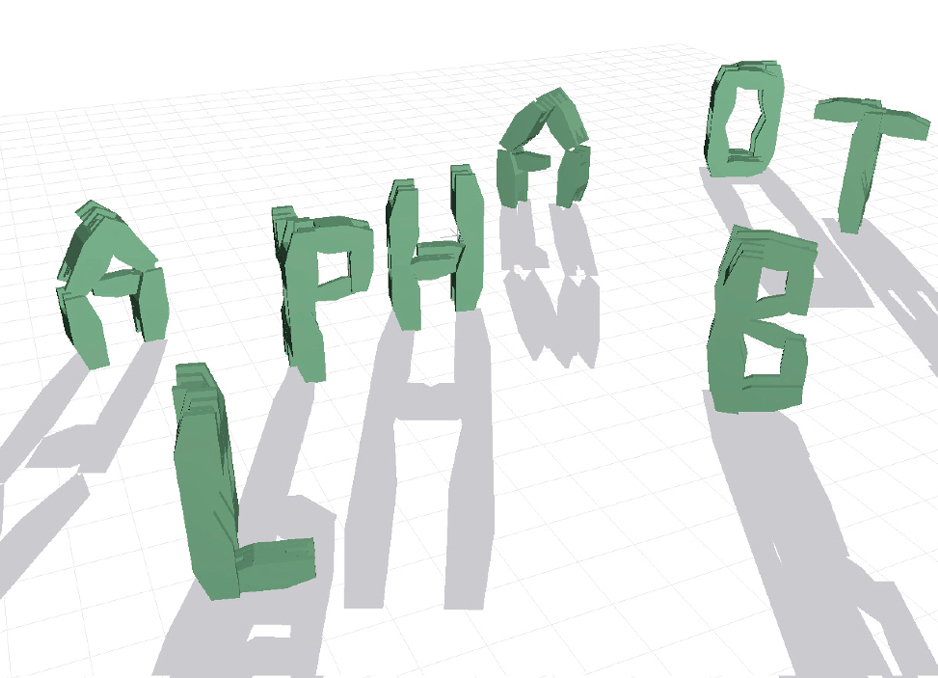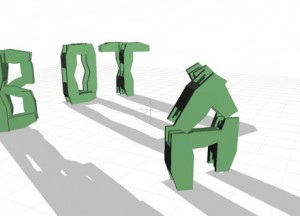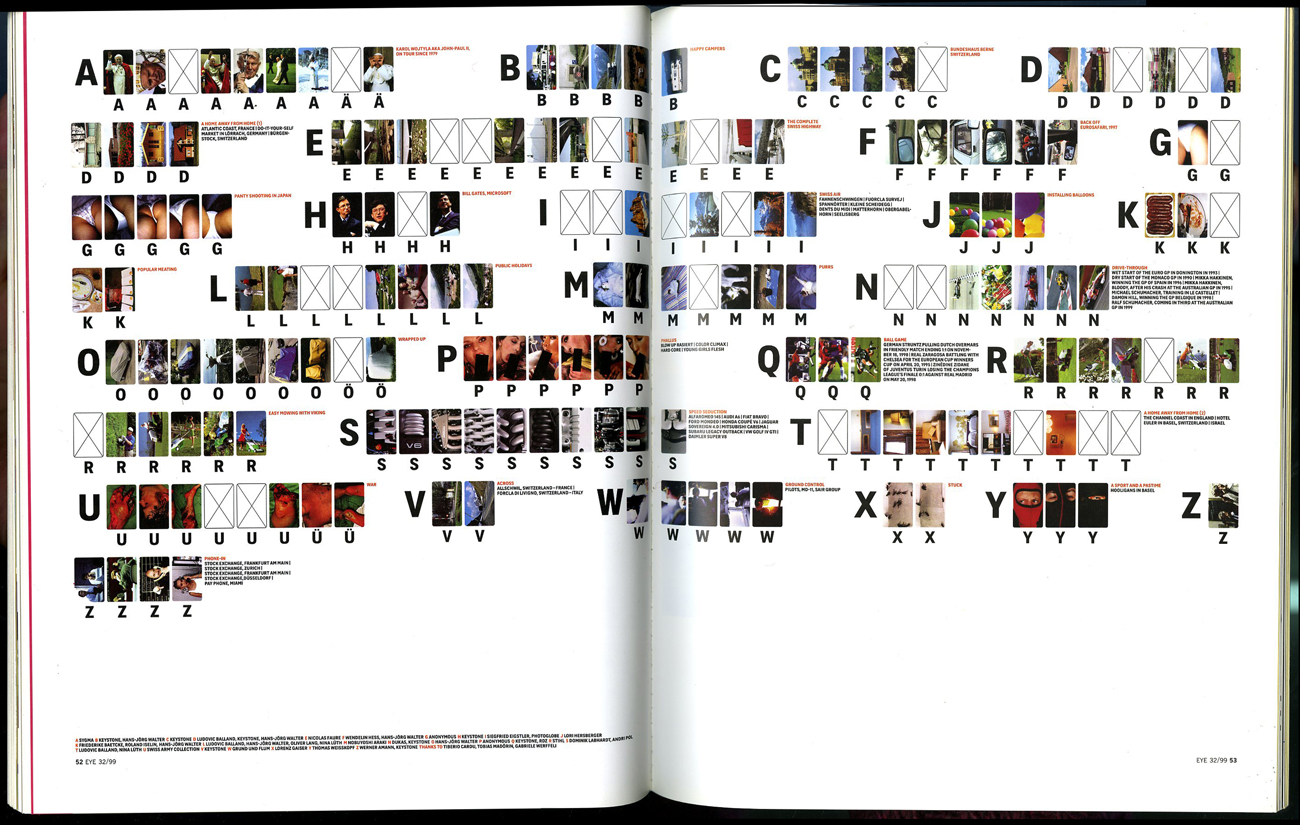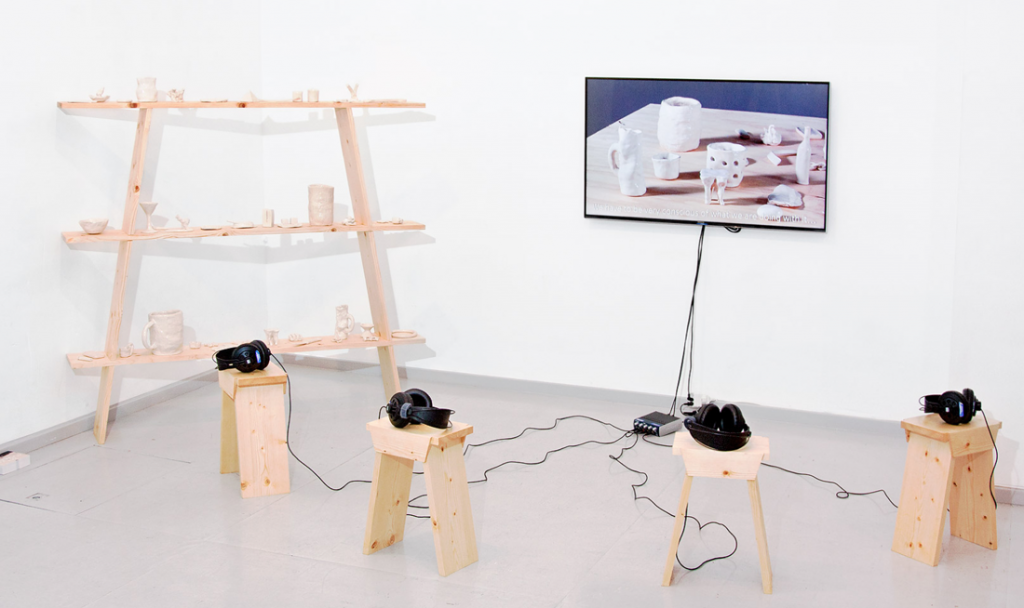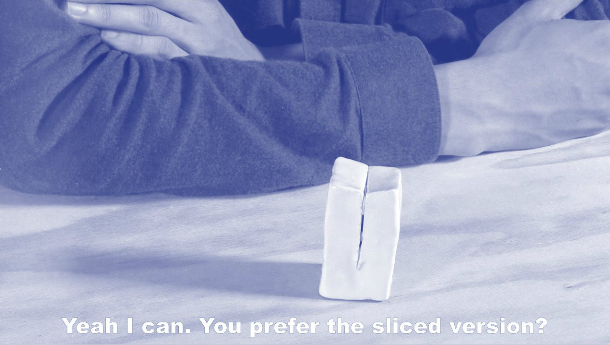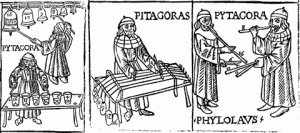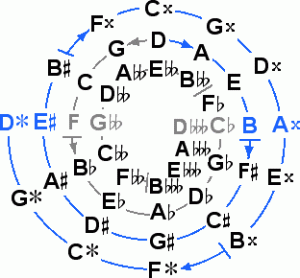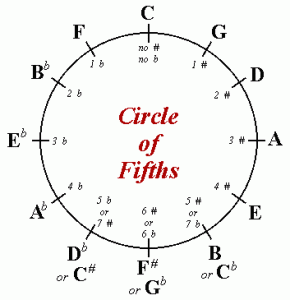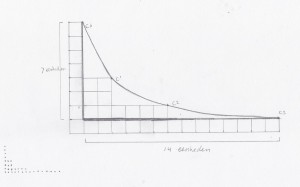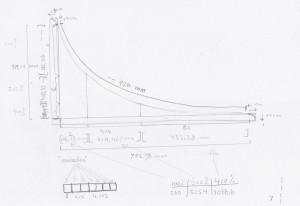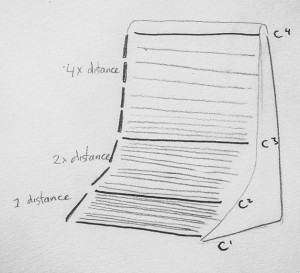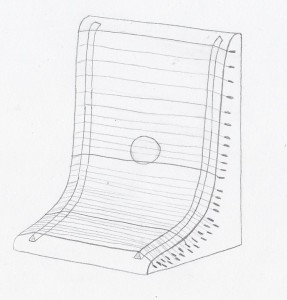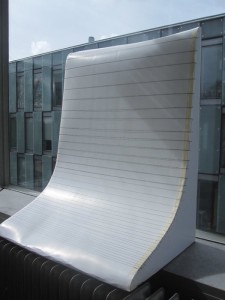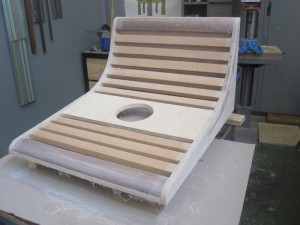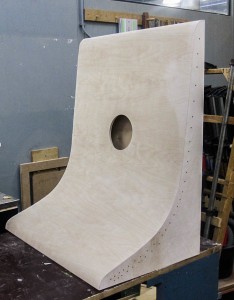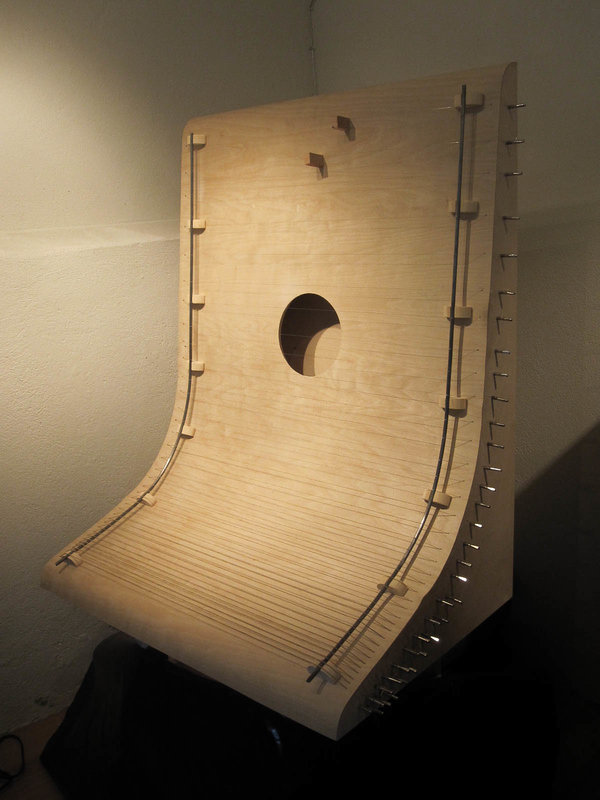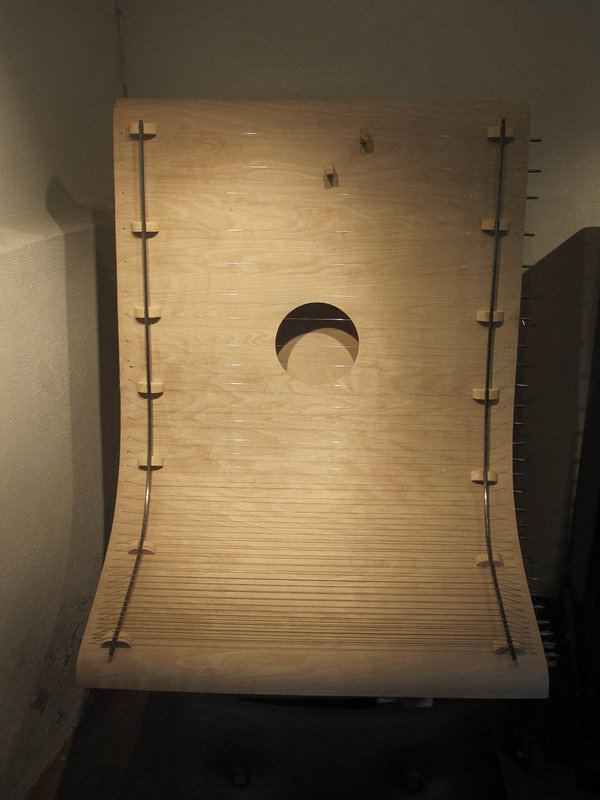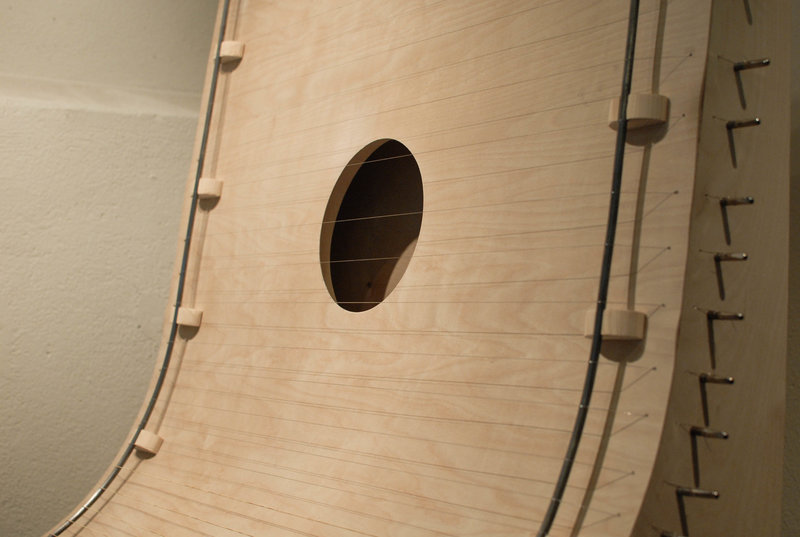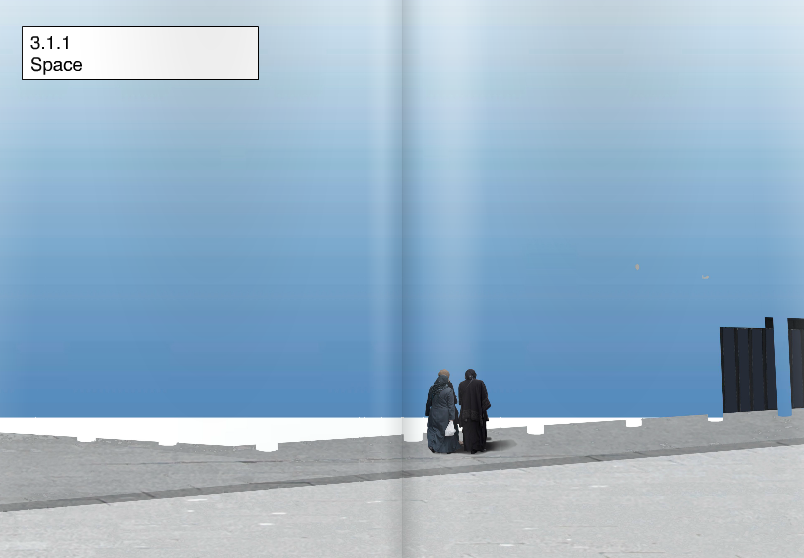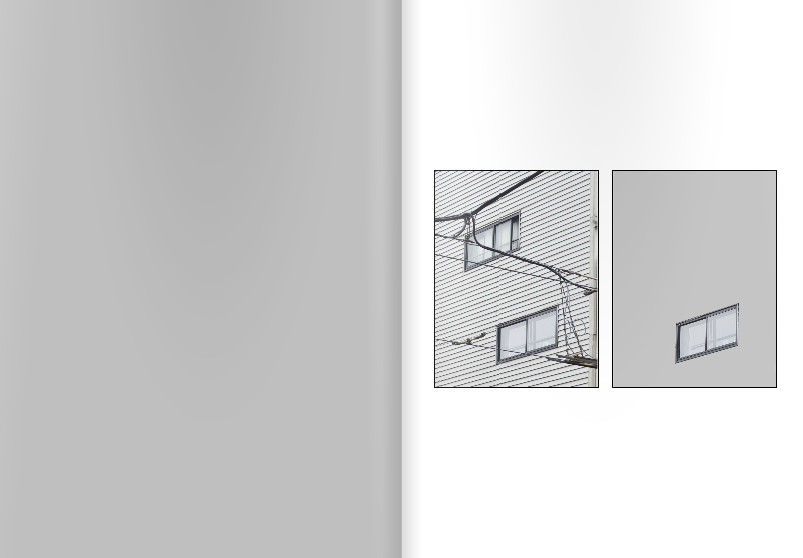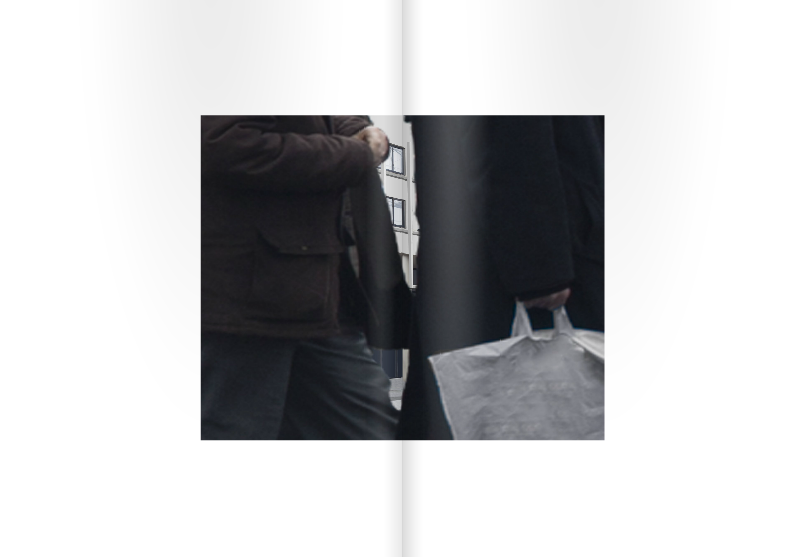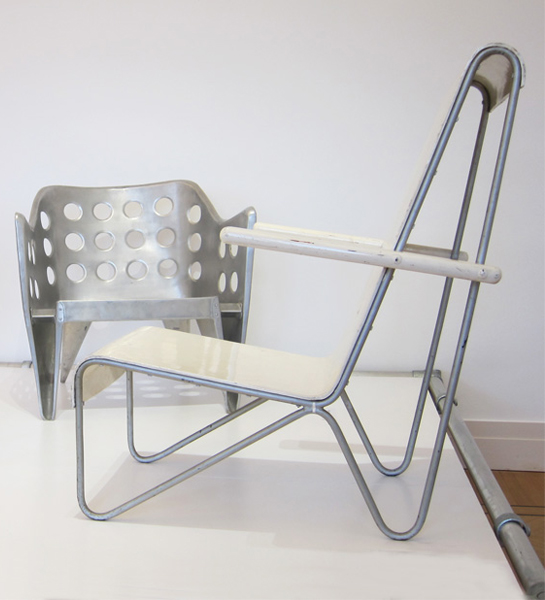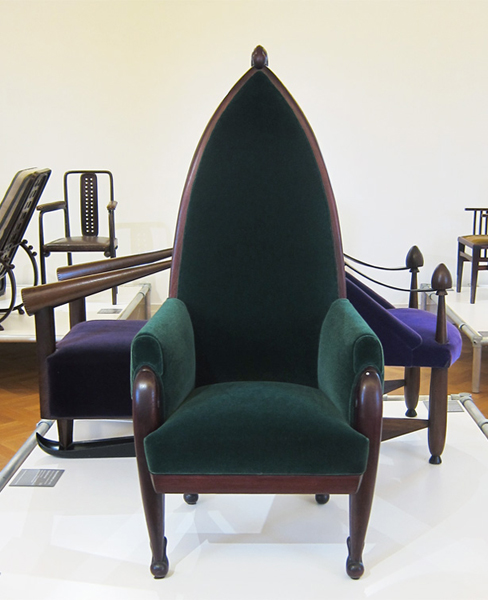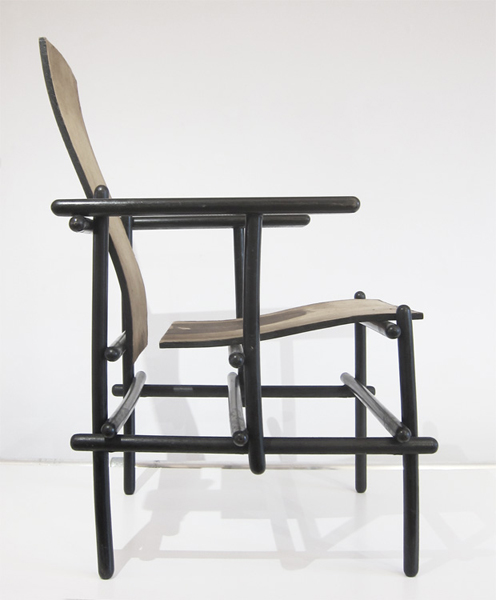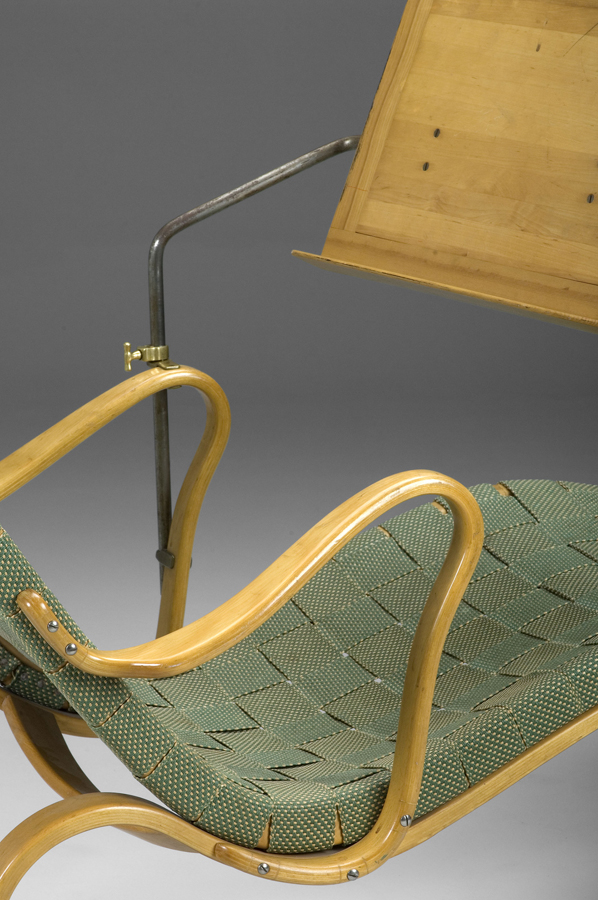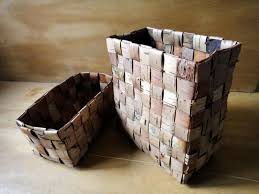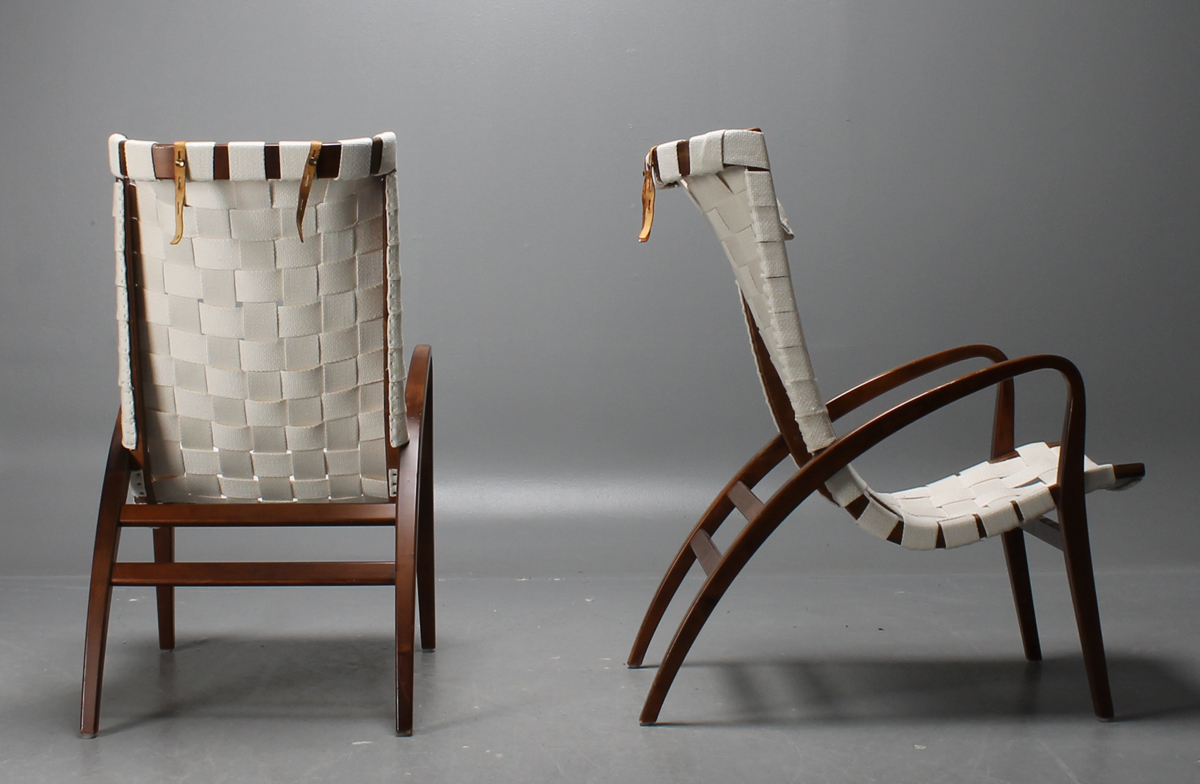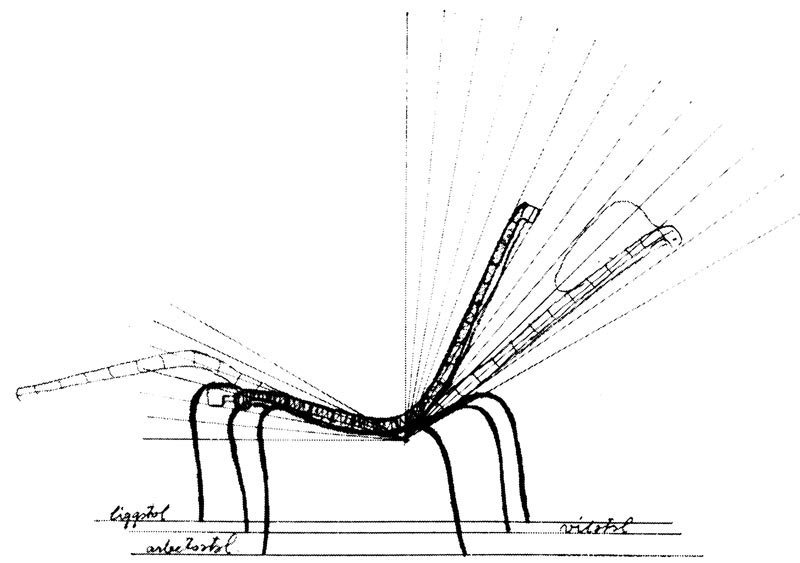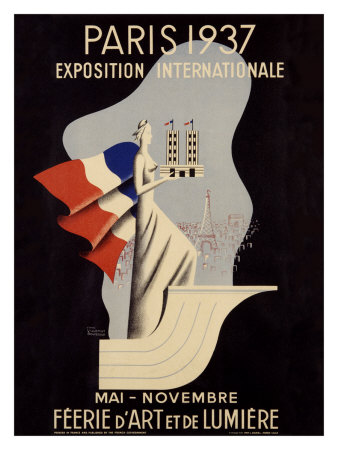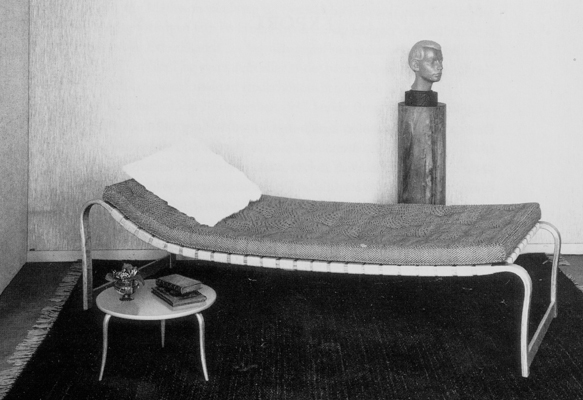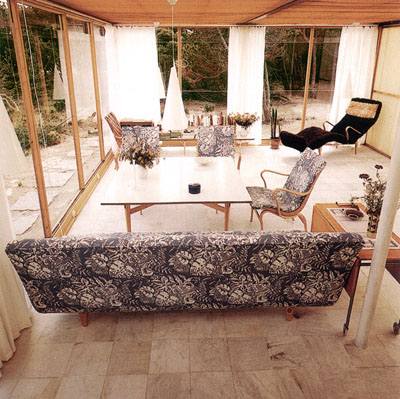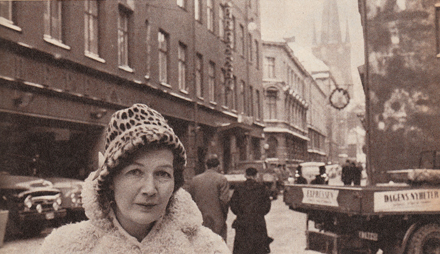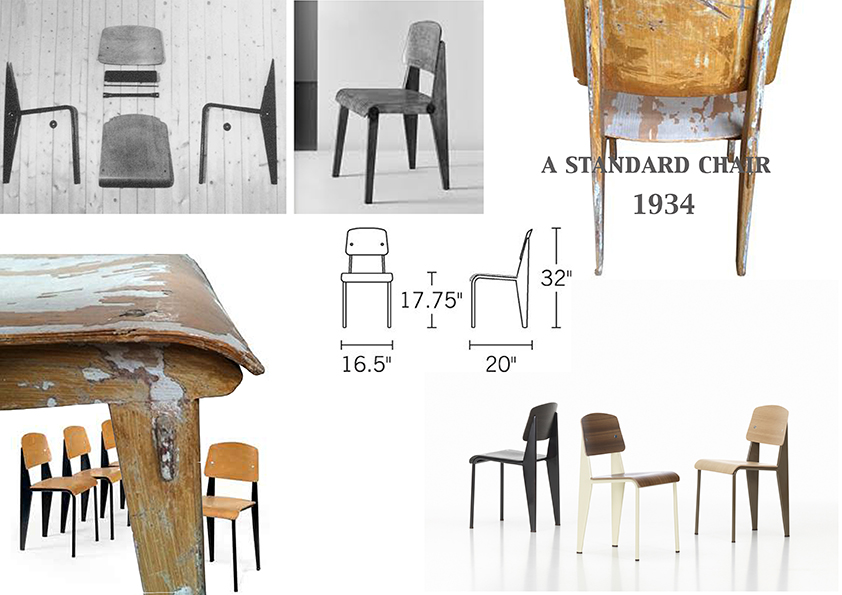during this article i will probably forget the fact that there is also something about a wolf that makes it easy to use as the illustration of an illness, yet again i’m not sure; because however dark wolves may look they still hide a certain gentleness.

when we were given the design topic of making a mask out of a person that fascinate us in anyway, i instantly thought i should use this space for the study of someone who would be in any way either strongly connected to me or that had a certain impact in my life, whether i know them or not.
the topic led to a very strange brainstorm that at first only resulted in ideas of persons that deeply touched me of course, but somehow did not bring me the satisfaction and excitement i thought i needed for this project. and i have to say that all of those whom i thought of, i knew perfectly well; and back then i think i needed someone i could « inspect » in instinctive ways, without ever really knowing if i am on the right track to understand them, or going straight the opposite direction.
i need to work on someone that touches me in any way. that i feel connected to.
but i need the thrill. i need to inspect. i need to depict, i need to look for (???), i need to know it’s not for sure, i need to know i’m probably wrong, i need to wonder.
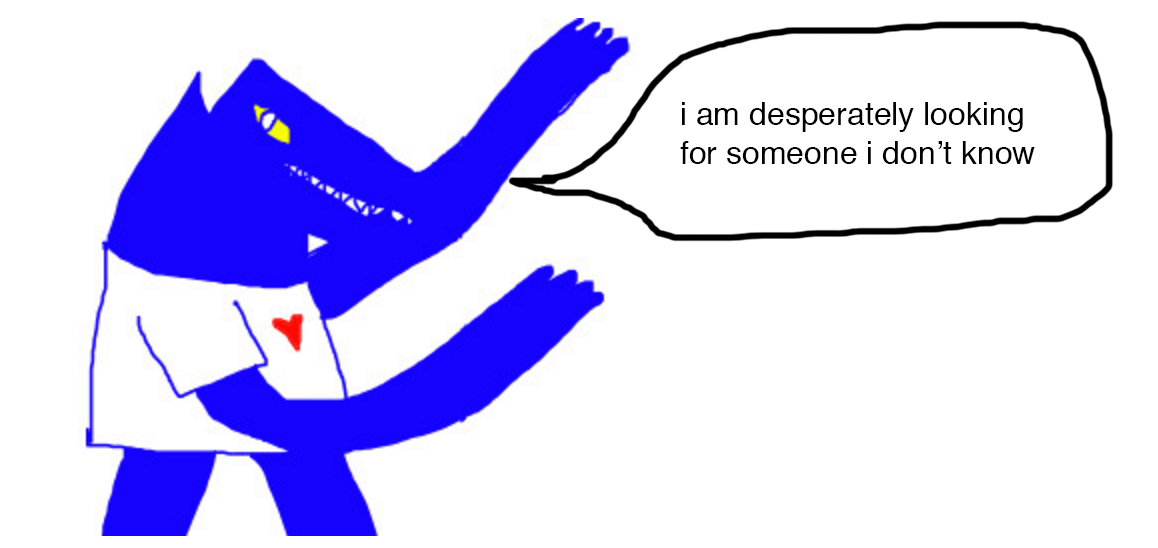
once i met a guy. i hanged with him a lot, we never really talked. a kind of silent relationship built on a completely abstract understanding of each other.
misunderstanding?
we did manage to talk about two or three times and he had trouble finding his words, he always talked really slowly and silently, and often to say a few things about his life that were quite personal; almost as though he was suddenly talking because he desperately needed to get something out of his head. it’s ok because i needed something to get in.
he drew. he needed calm. he had no friends (and never had had) (first thing he told me)
first name:
surname:
gender:
meeting and learning to know someone in a context as destabilising as a hospital is quite tricky and implies many unusual factors. It is a context in which you instantly connect a stranger to a patient – not talking of any dehumanisation, but you know that you will go through certain situations with this person whether you like it or not; which eventually makes them special people who in the end you don’t know that much – although the things you know are certainly some of the most personal things you could know about them. If you add the fact that they will, in your mind and whether again you like it or not, always be connected to a medicalised and often painful period, things get even more mixed up, intertwined and weirdly complicated – but in the end that’s okay, and eventually you will sort things out on your own.

thing i drew at a point where i got lost
some situations continuously appear in my mind from time to time; some of them everyday, even if it is only for five seconds. as time passes things get forgotten, or just don’t feel the need to pop through your mind anymore; some others just hang in there and become a sort of daydreaming, neither pleasant nor unpleasant, that i realise I almost don’t notice anymore. this guy, however a stranger he may be in comparison to some other patients i’m supposed to know much better, is a person i think of a lot since we lost track of each other. i met him again two years ago quite randomly when going to an appointment at the same hospital – i was hoping he would’ve been discharged, but then i saw him, and he happened to be one of the rare patients in the unit who found a way, within his distorted mental capacities (for illness and medication purposes), to remember my face and name, he came to see me and quietly said “i’m happy you’re out, i wish i was too” – which left me this image of someone stuck for months in a situation I didn’t have the capacities to change; and with a deep willingness to break the armoured doors and take him out, but of course it’s a fantasy…which still brought guilt, love, hate, frustration and a number of questions probably never to be answered.
did he get bullied
i’m sure he gets bullied
does he like mint&chocolate chip ice cream and does he laugh like a kid when he sees someone stumble on the street
does he still play ping pong even though i’m not facing the ball anymore,
did he see the last Woody Allen movie or
does he talk all the time now
did he ever get out of hospital? what does he look like now, did he cut his hair?
has he become a cartoon maker?
or maybe he’s just stuck home video gaming seven days a week
is he alive?
what do I think?
what could I do for him?
*if i could wish for
i guess sometimes you just take things the wrong way. dream. dream again. dream always.
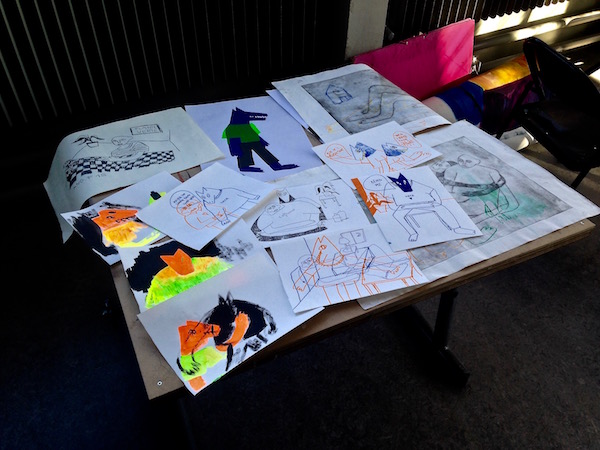
then i realised he made me think of a kind of hybrid mystical beast

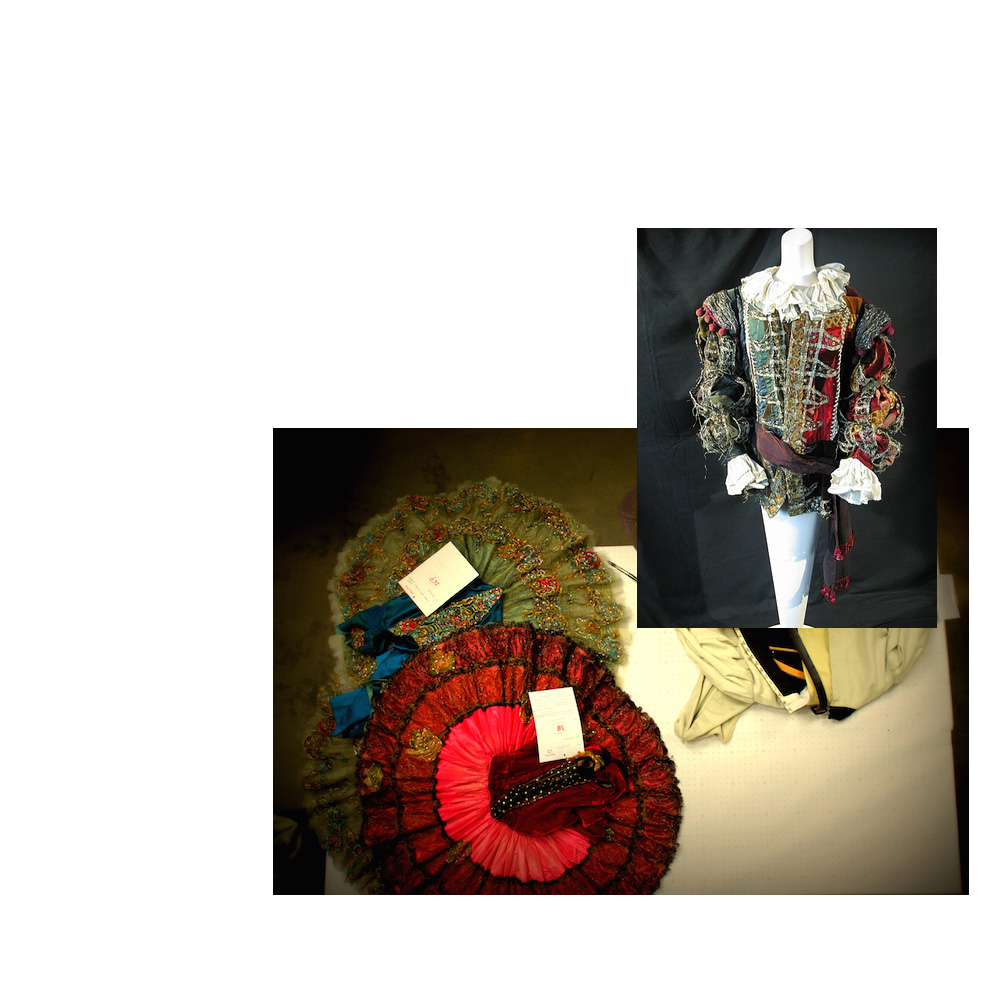
i knew i needed something powerful, probably mystical also, but something beautiful, intriguing, perhaps funny in a way…something in which he could hide, something with which he wouldn’t care of walking besides a thousand complete strangers, something that would protect him and bring fascination and interest in the eyes of others.
i chose the drawing of a blue wolf.

and then this happened
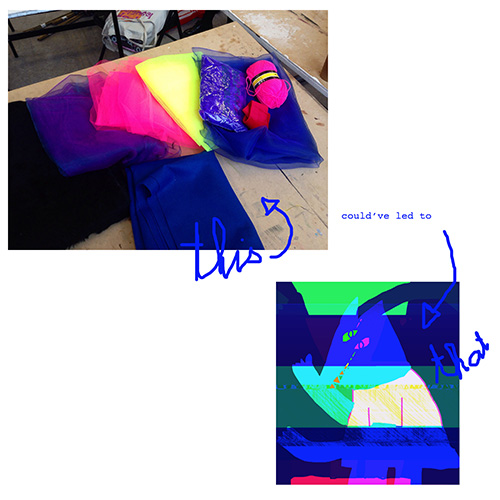

i often work without really knowing what I’m doing and if it sometimes lead to good it also makes me make a lot of mistakes, but that’s o.k. when I saw the result of the structure i was working on, i really wondered where the * my mind went. not that i thought it looked terrible or anything, but when i looked back at all the fabrics i’d bought i wondered why it lead to such a dark mask.
why
why
why??????
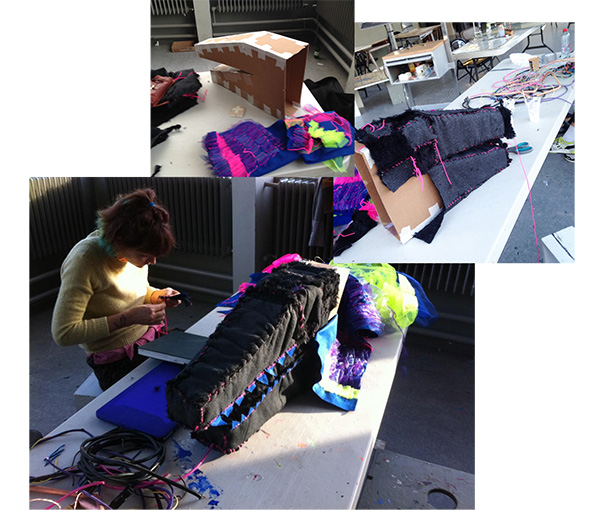
it had to be altered; i don’t see the point of illustrating darkness with darkness when it can sometimes be expressed with means opposite to those you expect the most. moreover i do not see him as a glaucous human being, and i remember catching some glimpses of a certain colorful beauty in him that really touched me – once we played ping pong and he laughed like a kid during the whole game because i deeply suck at this game, it was maybe one of the rare moments during which i felt the emotions coming out of him were completely independent from any medical purposes. maybe that’s also the point where I felt he could also still be a kid despite all the hard stuff he was going through and i ended up with a structure that actually brought joy to me and that i found much more relevant than the former.
it’s also one of the most important things for me, in my process. if what i’m doing makes me feel bad about things, i let go of it. Things are usually relevant when i feel good while doing it, otherwise i barely even see the point of it.
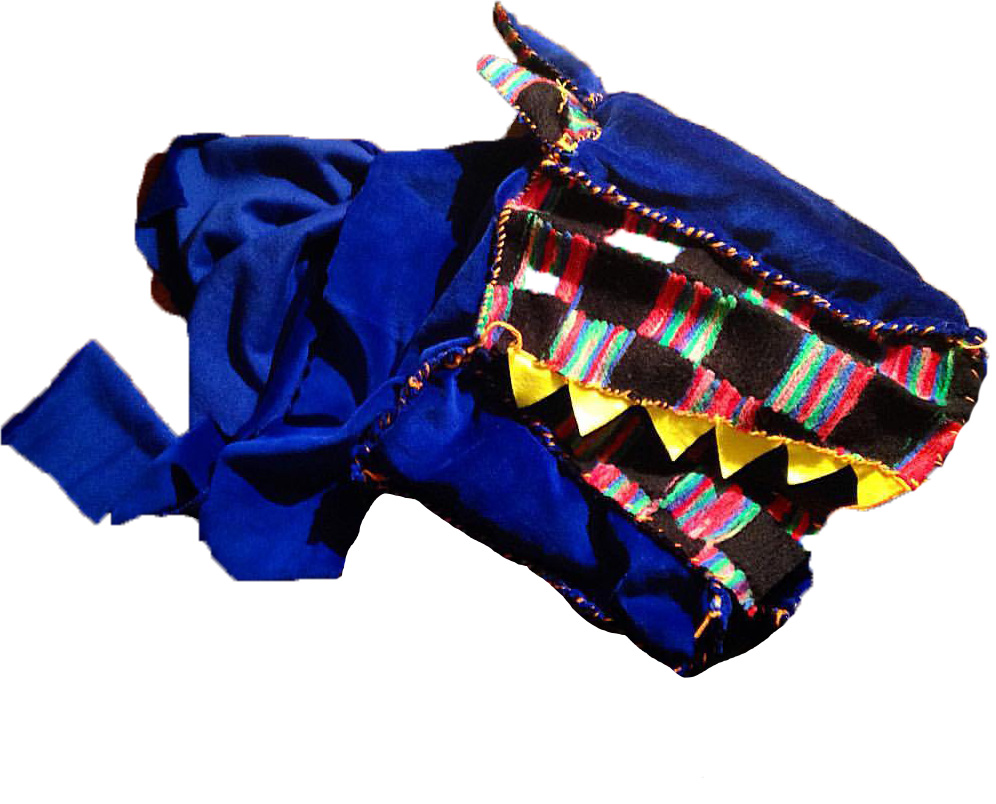
i also worked with metal for a while, studying the changing of colors that can happen with the different heating ways; using metal as jewels but also as a material that could break the use of textiles i had. only textiles seemed boring in the end, and i felt like i needed to add something maybe a little colder/stronger.


the last weeks were the most intense because it took me ten days approximately to dare adding layers to it; not that i didn’t want to, but i was scared of ruining everything and that the finality wouldn’t fit my expectations. but then i did, with yellow, grey fur, some more metal, orange and pink wool, ribbons etc that i placed instinctively (impulsively?) until i had the feeling it was done.
the sewing was long…but it was worth it, i was glad to see that my ideas had changed so much during the process, only to lead to a result that couldn’t have been more honest, and that’s exactly what i was looking for.
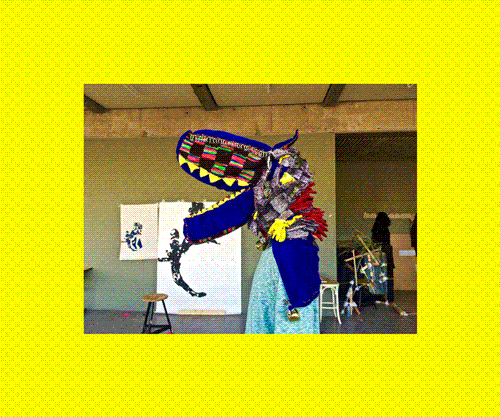

now I’ve made this mask i would like to create a whole scenery around it and maybe use it for audiovisual purposes. the only tryouts i have are poor quality iphone pictures; i thought of making photographs that could illustrate the life of this character, although i do not want to say that it will really be about the person i made the mask for anymore. not that i don’t want to but i wouldn’t really dare to do that; and in the way i made the tryouts i think it more as taking bits and bots of anything related whether to him, or to the kind of emotions he made me feel – and that englobes a lot of things. i see the character on the following picture more as a hybrid being containing deep human emotions than an explicit illustration of this guy.
i think that the making of a mask for him was already huge in terms of tangibly illustrating who i see him as – what he makes me feel etc. creating sceneries around him personally disturbs me in a way, i don’t want him to be used for anything but i know that he plays a big role in these pictures. so i will continue my tryouts and maybe in the end i will find that without knowing it during the photographic process, the sceneries i will have created do still fit what i see him as…for this tryout, it doesn’t. lets say all the “naïve” parts the mask contains have been taken away by the pretty dark scenery. we’ll see!
